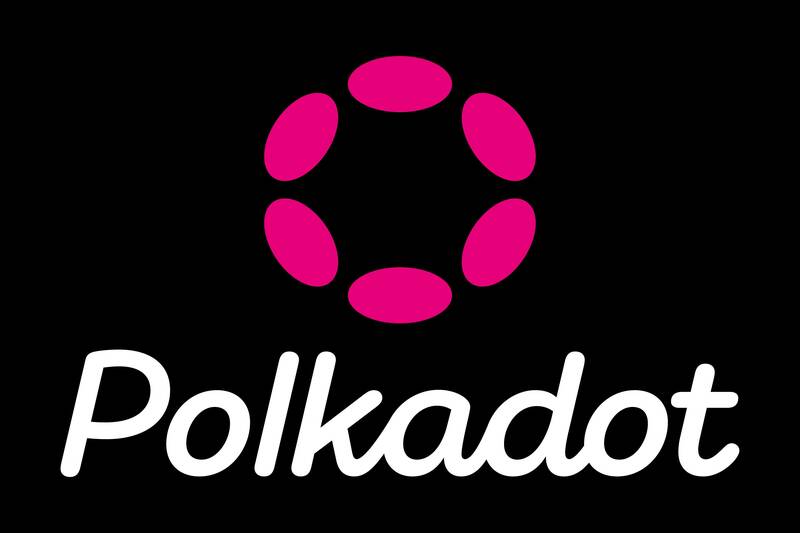Polkadot expands academy with online program to train Web3 developers
Polkadot 's educational initiative is expanding to include online courses to help train the next generation of blockchain and Web3 developers.
According to a press release from the Polkadot Blockchain Academy (PBA), this step responds to the increasing demand for skilled developers in the Web3 space.
The demand for Web3 professionals is already rising quickly, offering competitive salaries and ample opportunities for growth. This spans a range of roles, from finance specialists and product managers to developers.
As the industry grows, companies are looking for individuals who have both technical expertise and a solid understanding of decentralization and blockchain principles.
However, the complexities of blockchain technology—such as decentralized systems and diverse consensus algorithms—pose a steep learning curve, even for seasoned developers. The wide variety of networks, each with its own programming languages and tools, adds further challenges for newcomers.
Supported by a team of 18 instructors and industry veterans, the PBA says it works to simplify these hurdles by providing a structured curriculum tailored to developers at all skill levels.
Starting early next year, the academy's online program will allow developers worldwide to access its courses from home. The online curriculum mirrors the introductory components of the in-person experience, featuring interactive lessons, virtual mentorship, and peer collaboration in a digital community.
The academy is also launching a new track focused on decentralized applications (dApps). The courses will help developers learn how to build and deploy dApps on different networks. The program covers the essentials, while the in-person program offers a deeper dive over two to three weeks.
Meanwhile, the Polkadot Blockchain Academy's curriculum covers broad topics, including blockchain basics, cryptography, consensus algorithms, and tokenomics. The academy's evolution from a pilot project at Cambridge University to a global program allowed it to offer courses across Europe, Asia, and North America.
Source: Investing.com
